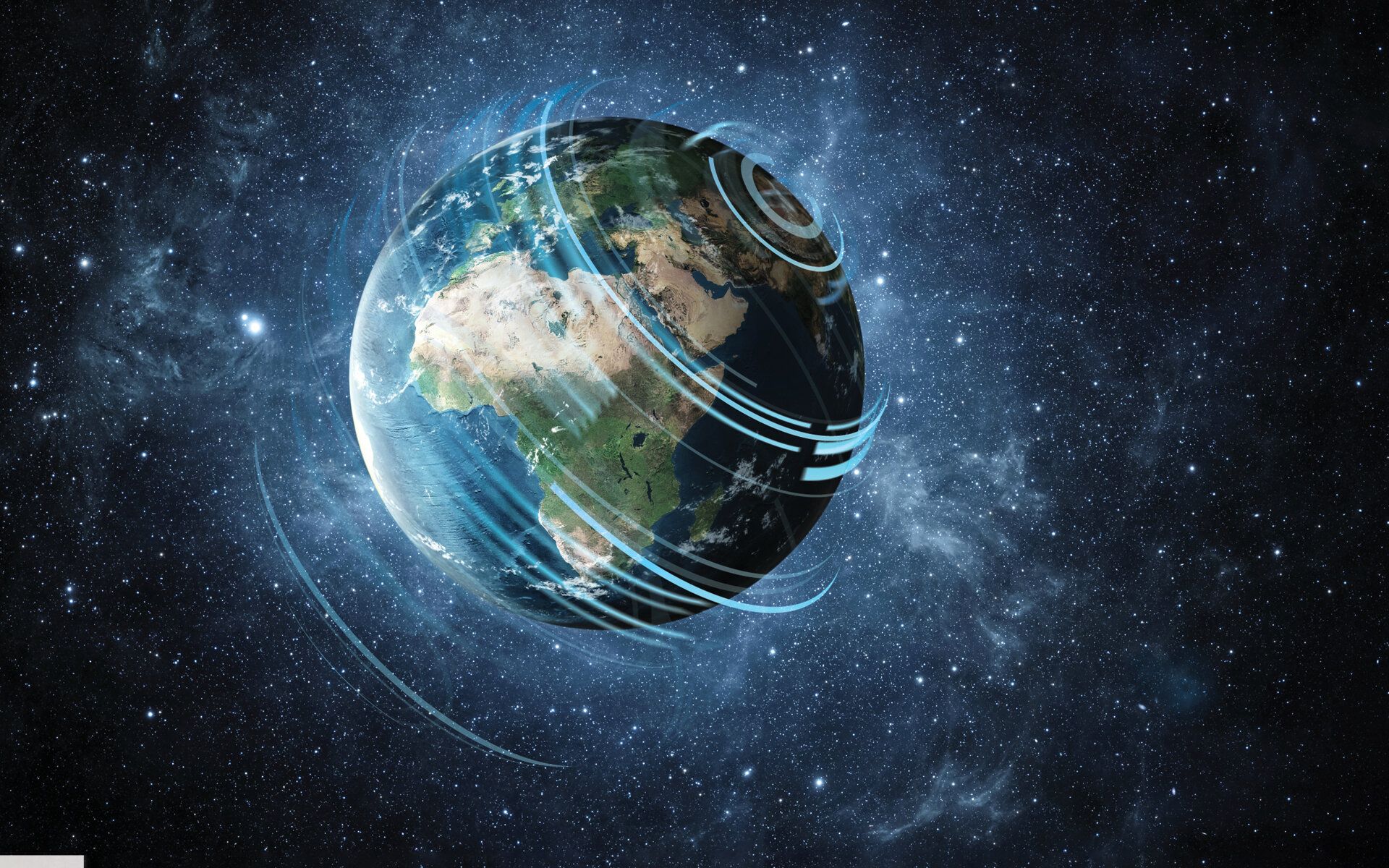Living Fast Unawares

In This Article
-
When calculated at the Equator, Earth rotates around its own axis with an approximate speed of 1,669 km/h. It may sound scary when you image the world is spinning at such a high speed, but we do not get dizzy or lose our balance and fall because of it.
-
The Earth’s speed on its journey around the Sun is an approximate of 107,000 km/h. This is about 40 times faster than the speed of a bullet.
-
We are like microscopic living beings on a basketball spinning around its axis with a speed 40 times that of a bullet.
Formula One (F1) auto racing, organized by the Fédération Internationale de l'Automobile, [1] consists of a series of races held in specially built circuits in different countries. Drivers and teams are evaluated based on the total points they scored at the end of each season.
Michael Schumacher, who suffered a severe brain injury in a skiing accident in 2013, has a joint-record seven World Drivers' Championship titles. In today's F1 races the maximum speed is nearly 400 km/h and Lewis Hamilton holds the record of average speed of 264.4 km/h throughout the race.
Unless you are a Formula 1 driver, the maximum speed you can reach is 200-220 km/h in a car, an average speed of 300 km/h on a high-speed train, or approximately 1,200 km/h on a plane.
The truth is we are already moving with a much higher speed on a much faster vehicle, which we call the planet Earth. When calculated at the Equator, Earth rotates around its own axis with an approximate speed of 1,669 km/h. It may sound scary when you image the world is spinning at such a high speed, but we do not get dizzy or lose our balance and fall because of it.
The Earth’s speed is much faster on its journey around the Sun, which is an approximate of 107,000 km/h. This is about 40 times faster than the speed of a bullet. Despite this seemingly alarming speed, how come can we continue our lives without feeling anything? The gravitational force is the agent assigned to ensure our safety in this matter. The fact that we are moving at the same speed with the world encapsulated in the atmosphere is like being on board a plane midair, and in both cases we can freely move unaffected by the speed of the “vehicle” we are in.
Our world is a part of a dynamic universe wherein everything moves in orderly fashion – just as implied in the word “cosmos,” which etymologically means “order.” Earth is a jewel of this wondrous system that moves in harmony with other celestial bodies that move at different and great speeds like stars.
The Earth does not only rotate on its axis and revolves around the Sun, but it also moves with the Solar System, which in turns moves with the Milky Way, which already has its own movements and rotations.
All of this speed may seem overwhelming to some, but it is impossible to slow down or speed up this mechanism. Billions of celestial bodies act in a specially designed system that if they do not move with their current speeds, many problems would arise one after another.
Suppose that Earth's speed of rotation around its own axis is increased by 1 km/h. According to a study by Witold Fraczek from the University of Wisconsin, if this would ever happen [2] then we could expect the following things:
As the speed increases water would migrate from the poles to the equator and the sea around the equator would start to surge. This change would affect the tide in the oceans thus causing further alternations in the ecosystem and the order of life.
The increased speed would also cause the centrifugal force generated by Earth's rotation to go up, disrupting the balance between it and the gravitational force that counters it. If Earth's rotational speed increased to 27,000 km/h the centrifugal force would be equal to the gravitational force on the equator. This means that the gravitation would be effectively canceled out and the system is disrupted and the life on Earth would come to an end. For instance, the water in the oceans and seas would move toward the atmosphere.
Increased rotational speed would result in stronger winds and hurricanes. Stronger hurricanes would have more destructive effects. Earth's rotation is one of the causes of wind formation. If Earth was not moving at all, the winds from the North Pole would directly blow toward the equator (or vice versa). However, Earth's rotation ensures that winds are deflected eastward, which is one of the reasons why winds or hurricanes ever occur.
Another effect would be on Earth's crust as it would slowly flatten out at the poles and bulging around the equator. This would in turn trigger the movement of tectonic plates, resulting in more earthquakes and volcanic eruptions.
All of these changes and upheavals would be greater in proportion to the increase in Earth’s rotational speed.
In our final analysis we are like microscopic living beings on a basketball spinning around its axis with a speed 40 times that of a bullet.
Today, scientists believe that Earth was spinning at a greater speed some 4.4 billion years ago when a huge celestial body crashed into Earth and the moon was formed thus giving our planet its current shape and speed.
If this theory is true, then this collision had been so precise that even a deviation of 1 in 1,669 (Earth speed of rotation on its own axis in km) would have caused disorder and disruption in this macro system. These amazing events can hardly be explained if all these complexities were to be dependent on blind chance or the non-existent will of these celestial beings. If we choose to rely on chance for an explanation, then we would be living with fear as people had once feared that Halley's Comet could crash into Earth. Scientists say that there are approximately 2 billion stars in our galaxy. Yet, the distance of Halley's Comet to Earth was 35 times the distance of the Sun to Earth, i.e., approximately 1.5 million km.
Notes
- https://www.fia.com
- https://www.researchgate.net/scientific-contributions/Witold-Fraczek-35661189









